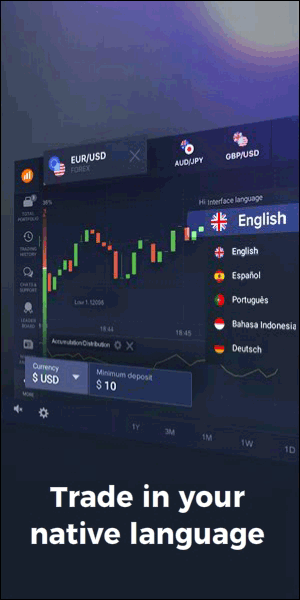Dive deep into the mechanisms of the Volume Weighted Average Price (VWAP) Indicator, a powerful tool for informed day trading. This comprehensive guide reveals strategic applications, effective trading strategies, and crucial considerations for using VWAP to enhance your day trading success. Whether you’re a beginner or seasoned trader, this article provides valuable insights and actionable tips to master the art of day trading with the VWAP Indicator.
Master Day Trading with the Vital VWAP Indicator!
The Volume Weighted Average Price (VWAP) indicator is an invaluable tool for day traders who seek to make informed trading decisions based on the daily average price of a security, adjusted for volume. In this article, we will explore the intricate mechanisms of the VWAP indicator, strategies for its application in day trading, and key considerations for maximizing your trading outcomes.
Understanding the VWAP Indicator
The VWAP indicator computes the average price of a security over the course of the trading day, taking into account both price movements and trading volume. It serves as a benchmark for traders and analysts, providing insights into the market’s directional bias and the relative value of a security at any given time.
How VWAP Works?
VWAP is calculated by dividing the dollar value of all trading periods (price multiplied by number of shares traded) by the total volume traded over the course of the day. Its formula is as follows:
\[VWAP = \frac{{\sum(Price \times Volume)}}{{\sum Volume}}\]
Strategic Applications of VWAP in Day Trading

VWAP as a Benchmark
Many traders use VWAP as a benchmark to evaluate the performance of their trades. A buy order executed below the VWAP, or a sell order above it, is typically considered favorable, as it suggests a better-than-average price.
Identification of Trading Opportunities
The deviation of the market price from the VWAP can signal potential trading opportunities. For instance, a price significantly below the VWAP might indicate a buying opportunity, while a price significantly above might suggest a selling point.
Implementing VWAP-Based Trading Strategies
Below, you will find two prominent trading strategies based on the VWAP indicator, tailored for day traders seeking to optimize their market endeavors.
VWAP Pullback Strategy
The VWAP Pullback Strategy leverages price movements that revert towards the VWAP after straying significantly from it. Here are the steps:
- Identify securities whose price has deviated significantly from the VWAP.
- Wait for the price to revert back towards the VWAP.
- Enter a trade in the direction of the price movement towards the VWAP.
- Exit the trade when the price reaches the VWAP or begins to move away from it.
VWAP Trend-Following Strategy
For traders inclined towards trend-following approaches, the VWAP Trend-Following Strategy is a fitting option. Here’s how it works:
- Establish whether the market is in a distinct trend.
- If the price is consistently above the VWAP, consider taking a long position.
- Conversely, if the price stays below the VWAP, think about shorting the security.
- Maintain your position as long as the price adheres to the established trend, relative to the VWAP.
Key Considerations When Using VWAP for Day Trading
While the VWAP indicator is undeniably powerful, traders should heed certain considerations to enhance its efficacy in day trading contexts.
Security Selection
VWAP is most effective with securities that possess ample liquidity and demonstrate considerable intraday volatility. The indicator might be less reliable for securities with minimal trading volume or muted price fluctuations.
Complementary Indicators
Consider using VWAP in conjunction with other technical indicators to refine your trading strategy. This multi-indicator approach can yield more accurate trading signals and mitigate the risks associated with relying on a single analytical tool.
Practice and Patience
Effective use of VWAP in day trading necessitates practice and patience. Familiarize yourself with the indicator’s dynamics and nuances by using trading simulators or practicing with small trading sizes initially.
Conclusion
The Volume Weighted Average Price (VWAP) indicator is a dynamic tool that offers day traders a reliable benchmark for evaluating trade performance and identifying lucrative trading opportunities. By understanding its mechanisms, implementing VWAP-based trading strategies, and considering key trading factors, you can harness the full potential of the VWAP indicator to enhance your day trading outcomes significantly.







